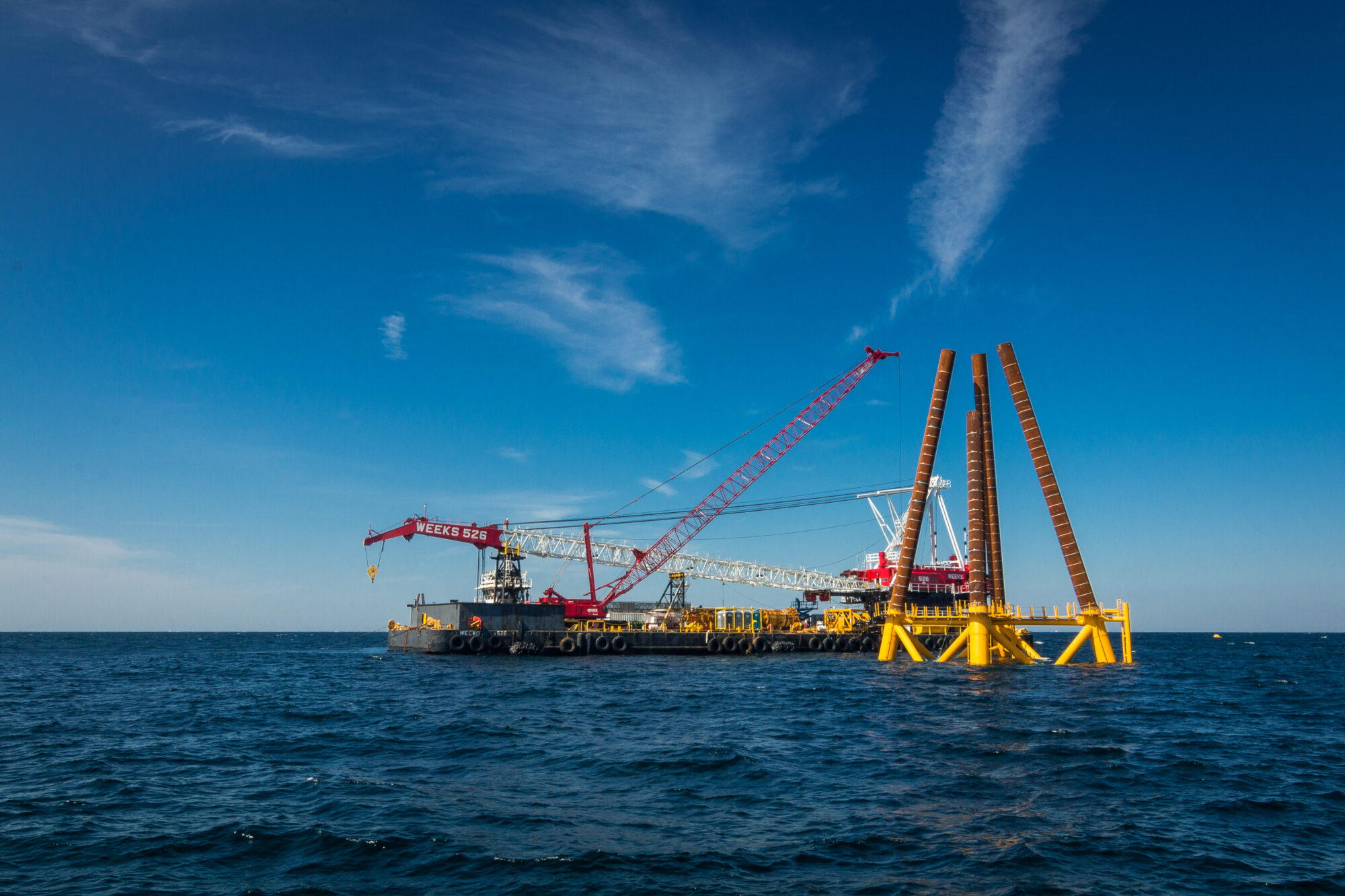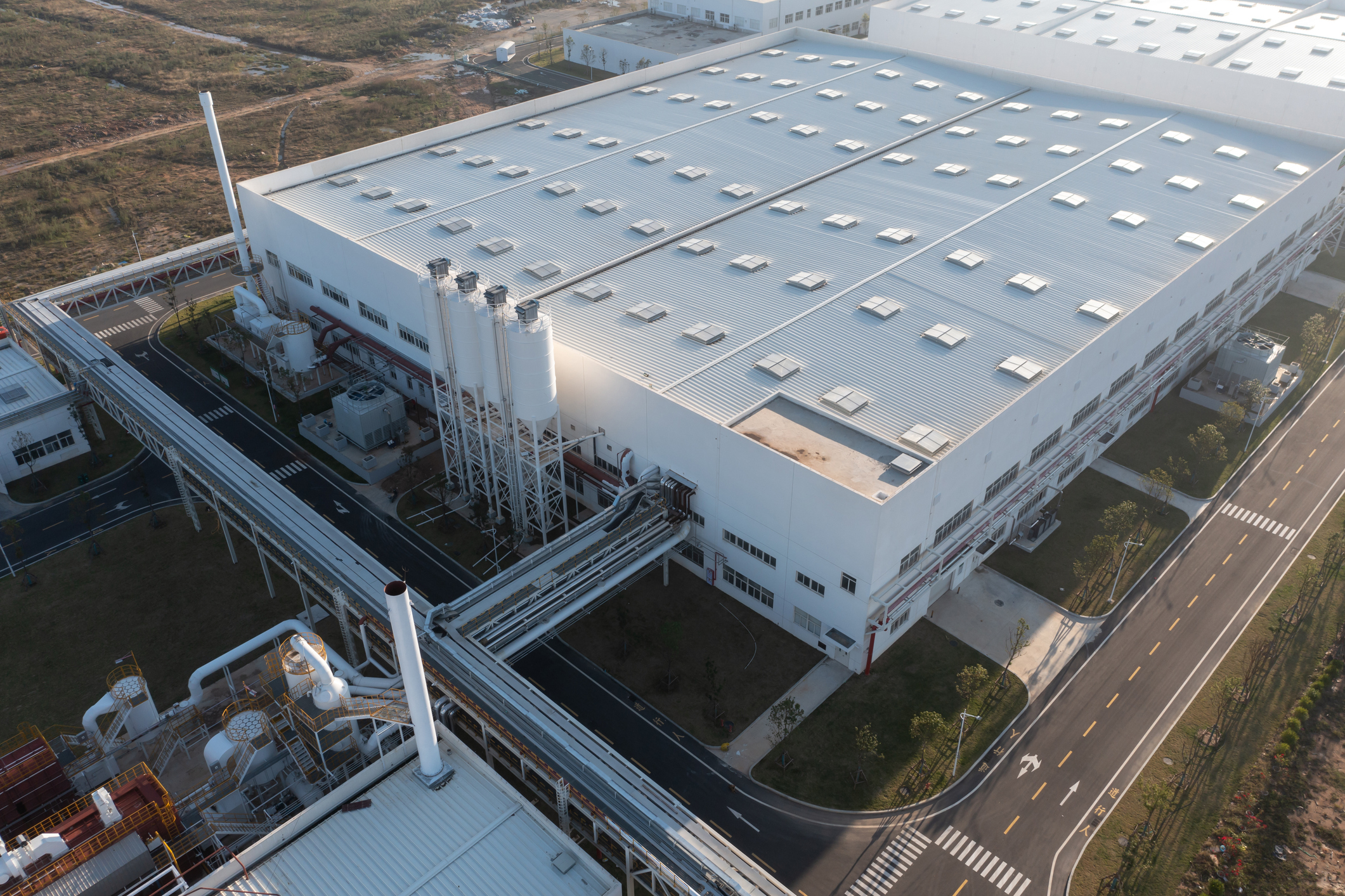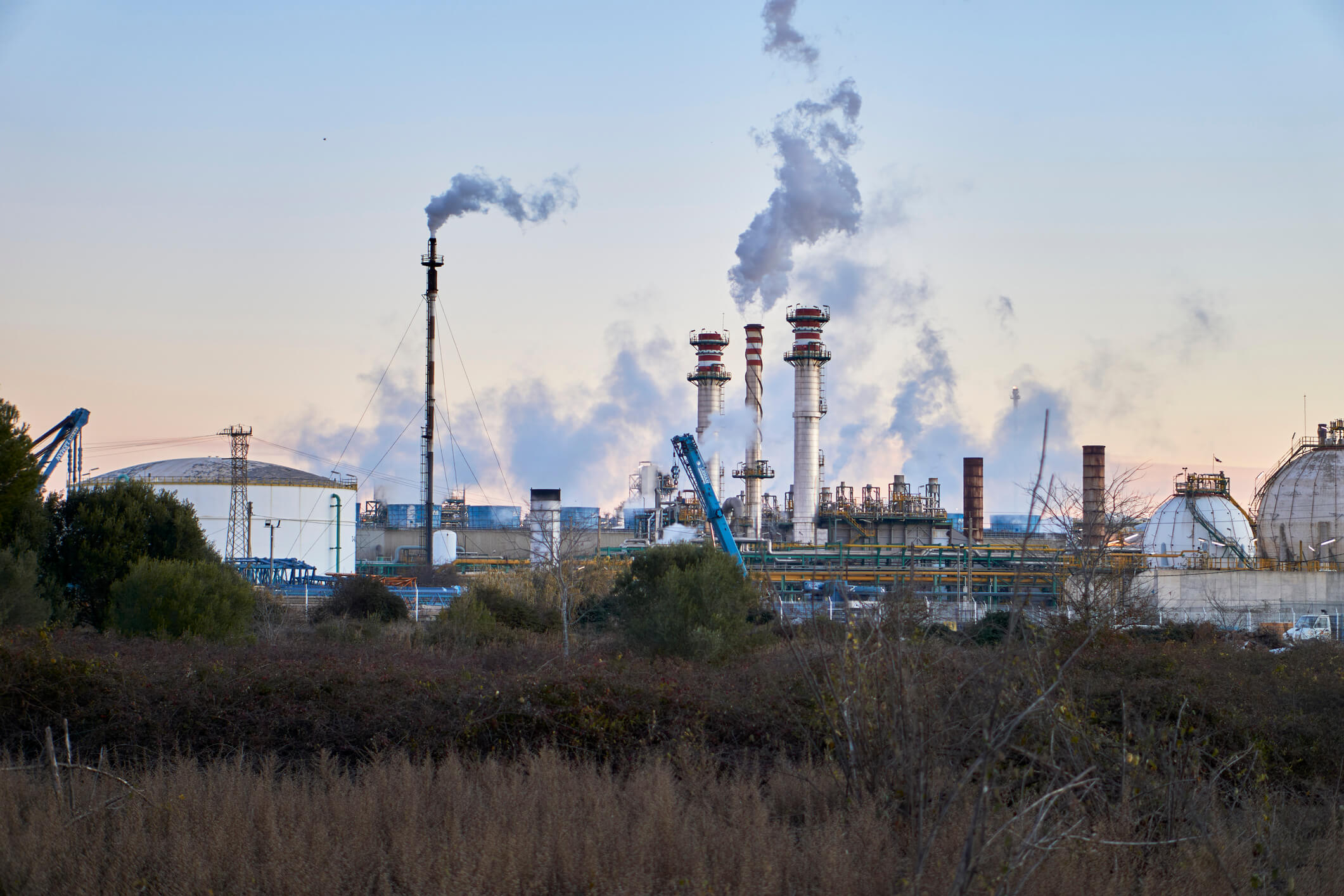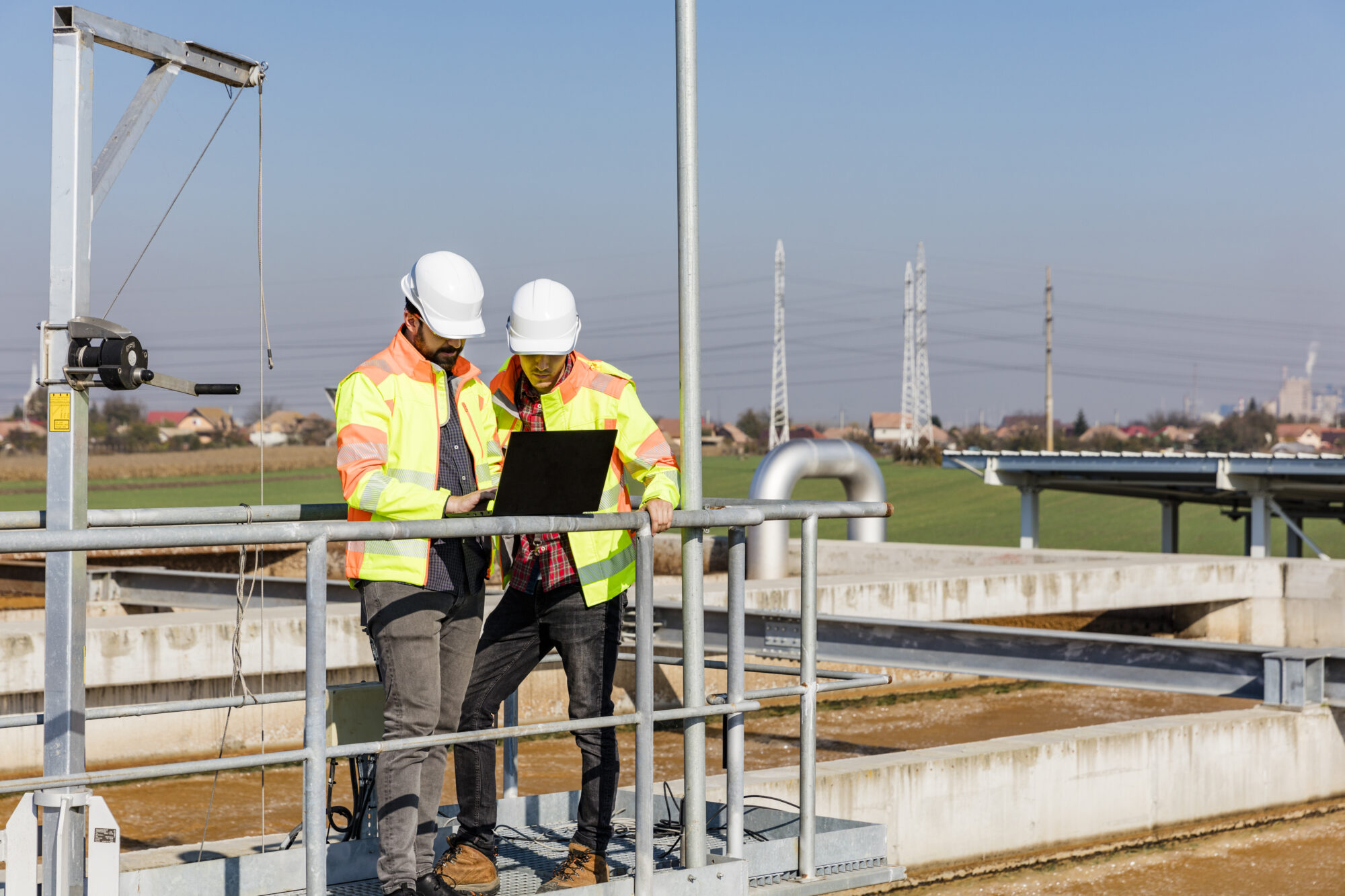Limit Future Liability and Satisfy Due Diligence Requirements
Evaluate the environmental risk of acquiring, leasing or divesting property.
TRC’s environmental phase 1 site assessments review current and historical information on your property and evaluate the risks of developing property for other uses. The Phase I Environmental Site Assessment (Phase 1 ESA) identifies Recognized Environmental Conditions (RECs) pursuant to ASTM standards through comprehensive evaluations of site history and current environmental reports. Through this, we can assess if the property currently or has at any point in the past posed a threat to the environment or the health and safety of the surrounding community.
Facilitate Successful Property Transactions
Environmental site assessments are often a requirement for anyone participating in a property transaction, including owners, buyers and tenants, as well as lenders and property managers. By completing this evaluation prior to purchase, stakeholders can qualify as an innocent landowner, contiguous property owner or bona fide prospective purchaser and avoid Comprehensive Environmental Response, Compensation, and Liability Act (CERCLA) liability. Many lending institutions also require environmental site assessments as part of the due diligence process.
At TRC, we have led thousands of environmental site assessments, protecting our clients from being held liable under environmental compliance regulations. Our Phase 1 ESA professionals have worked with lending institutions, real estate developers and public and private entities who demand excellence, and our due diligence has delivered. Together with our Transaction Advisory Services (TAS) team, they develop thorough and detailed assessments that limit future liability and meet innocent purchaser defense requirements.

Integrated Due Diligence Solutions for Environmental Site Assessments
TRC can provide comprehensive due diligence services:
- Preliminary Assessment Reports for New Jersey Department of Environmental Protection
- Massachusetts Licensed Site Professionals (LSPs)
- Aerial Photography, Videography, and Mapping
- Agency Consultations and Negotiations
- Conceptual Civil Engineering Services
- Preliminary or Supplemental Investigation and Remediation Costing (Short and Long Term)
- Visual Impact Assessments and Simulations
- Water Supply and Irrigation Alternative Assessments
- Permitting Strategy and Agency Consultations
- Environmental Constraints Analysis
- Funding and Grant Support
- Civil Engineering – Final Design
- Hazardous Building Materials Surveys (ACM, LBP, PCBs)
- Storage Tank Inspections
- Vapor Intrusion Assessments
- Hydrogeologic Investigations (Water Supply/Irrigation)
- Subsurface Investigations
- Indoor Air Quality Assessments
- Environmental Data Management
Read About Our Technical Expertise
Due diligence is the first step to identifying potential environmental liabilities or Recognized Environmental Conditions (RECs). TRC focuses on providing high quality services to ensure companies are performing the appropriate due diligence assessments and effectively managing environmental liabilities.
Check out our technical resource PDF to learn more about our team of tested practitioners and the due diligence solutions they can provide to your organization.

Related Materials
Gain insight into the industry’s challenges and opportunities by reading our research reports.
 Phase I Environmental Site Assessment and Due Diligence
Phase I Environmental Site Assessment and Due Diligence
Published September 16, 2020
 TRC Expert Services
TRC Expert Services
Published June 1, 2022
Featured Projects
Discover the success we’ve had with helping our clients execute major projects and make a meaningful impact on their local communities.

TRC was commissioned to undertake a Basement Impact Assessment (BIA) for the planning application of a new six-story residential building.

- Biological Assessment
- Environmental Assessment, Permitting and Compliance
- Environmental Site Assessment
TRC avian specialists are tasked with these surveys to determine the extent to which state-listed grassland birds are present

TRC provided comprehensive support during the environmental review and permitting process for North America’s first proposed offshore wind farm.

- Environmental Assessment, Permitting and Compliance
- Environmental Site Assessment
- ESG and Sustainability Advisory Services
First offshore wind facility in the United States

- Environmental Assessment, Permitting and Compliance
- Environmental Site Assessment
- PFAS and Emerging Contaminants
The seller of an 11-acre former paint manufacturing facility that ceased operations in 1995 engaged TRC for the environmental cleanup.

TRC delivered design, procurement, and construction services for 38 miles of transmission lines, two substation expansions, and equipment upgrades at …

TRC was commissioned to undertake a Basement Impact Assessment (BIA) for the planning application of a new six-story residential building.

- Biological Assessment
- Environmental Assessment, Permitting and Compliance
- Environmental Site Assessment
TRC avian specialists are tasked with these surveys to determine the extent to which state-listed grassland birds are present

TRC provided comprehensive support during the environmental review and permitting process for North America’s first proposed offshore wind farm.

- Environmental Assessment, Permitting and Compliance
- Environmental Site Assessment
- ESG and Sustainability Advisory Services
First offshore wind facility in the United States

- Environmental Assessment, Permitting and Compliance
- Environmental Site Assessment
- PFAS and Emerging Contaminants
The seller of an 11-acre former paint manufacturing facility that ceased operations in 1995 engaged TRC for the environmental cleanup.

TRC delivered design, procurement, and construction services for 38 miles of transmission lines, two substation expansions, and equipment upgrades at …
Achieve Results With TRC
Safeguard your investment with TRC’s nationwide team of environmental professionals. Contact us today for a detailed environmental site assessment that gives you peace of mind and comprehensive environmental insights.

Sharing Our Perspectives
Our practitioners share their insights and perspectives on the trends and challenges shaping the market.

Microplastics: Adapting to Emerging Legal Challenges with Proper Risk Assessment
April 15, 2025
Although microplastics may very well be fundamentally inert and no different from nuisance dusts, concern over their increasing presence in the environment and the human body persists. To ensure that regulators, the public and juries reach accurate decisions about the potency of microplastics, it is important to conduct an exhaustive health risk assessment evaluating a diversity of toxicological endpoints across differing doses.

Changes to EPA’s Risk Management Program (RMP) Regulations Are Coming
April 14, 2023
Changes to the Risk Management Program (RMP) regulations were signed into a final rule on February 27, 2024, by EPA Administrator Michael S. Regan.

Deadline Approaching for Utilities to Report SF₆ Emissions to EPA
March 8, 2023
The EPA regulates greenhouse gas (GHG) emissions under the Greenhouse Gas Reporting Program (GHGRP) and has recently decided to place renewed emphasis on sulfur hexafluoride (SF₆).

Routinely Evaluating the Health & Effectiveness of Integrated Systems to Manage EHS/ESG Risks – Part I
March 1, 2023
Once established, an EHS/ESG management system must be routinely evaluated to ensure it remains effective to identify and control risks, as well as accommodate and adjust for changes that occur to/within the organization.

Phase I ESA ASTM Standard Update: The Wait is Over
December 21, 2022
The USEPA published a Final Rule making the ASTM E1527-21 Phase I ESA standard AAI compliant.

Optimizing EHS/ESG Information Management and Reporting Systems by Leveraging Innovative Digital Technology Solutions
August 10, 2022
A single, integrated enterprise wide EHS/ESG IMS can significantly improve performance and communicate progress towards organizational requirements and goals.

New Phase I ESA Standard Will Affect Environmental Due Diligence
January 25, 2022
After years of review, revisions and discussions, the new ASTM E1527 Phase I Environmental Site Assessment (Phase I ESA) standard has been published. The new standard includes updates to definitions, clarifications on processes and requirements, and guidance for emerging contaminants.

Managing EHS & ESG Risks Through Integrated Systems Today and Beyond
July 22, 2021
It has been more than 50 years since the development and establishment of the federal Environmental Protection Agency (EPA) and the federal Occupational Safety & Health Administration (OSHA) which were formed to protect our environment and workplaces across the United States. Significant laws, policies and regulations followed to establish the “regulatory programs” that all applicable businesses and entities must address and meet to ensure these compliance-driven legislative programs would create a foundation to protect our society.

Environmental Impacts of Transitioning to Renewables
May 15, 2021
The transition to renewable energy sources will have notable environmental impacts as well as economic impacts. To understand the possible implications, you’ll need some background knowledge of the ways fossil fuels affect the environment.

Interim Guidance on Destruction and Disposal of PFAS & Materials Containing PFAS
February 19, 2021
Interim Guidance from EPA identifies 6 materials that use or manufacture PFAS and approaches for disposal.

TRC Companies Inc. Acquires 1Source Safety and Health
November 11, 2020
TRC Companies (“TRC”), a leading technology-driven provider of end-to-end engineering, consulting and construction management solutions, has acquired 1Source Safety and Health, a firm that provides management consulting services in areas such as indoor air quality, asbestos management, industrial hygiene and safety management systems.
Embrace The Shift
Partner With TRC’s Tested Practitioners

















